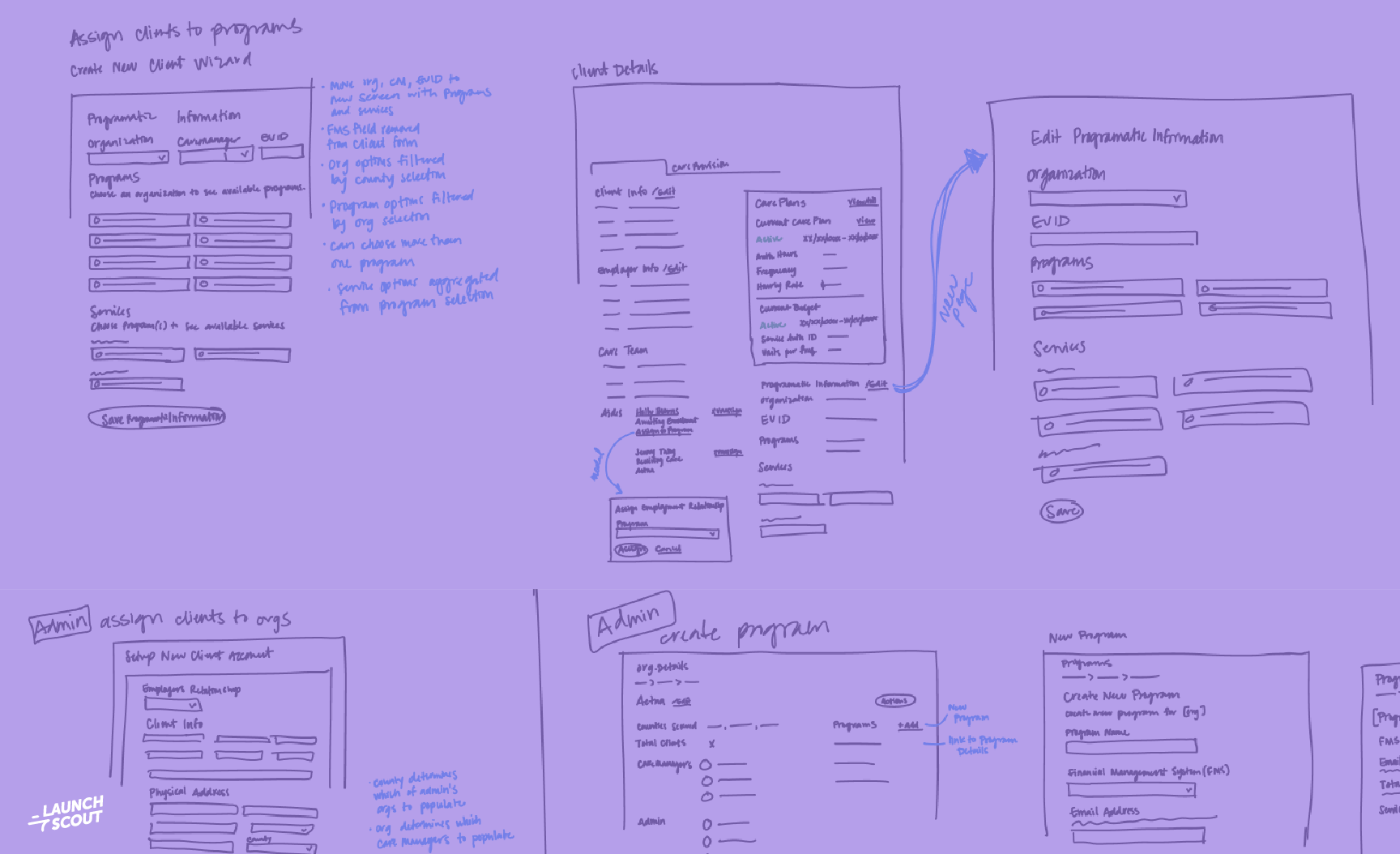
5 May 2017
Empathy Mapping
Last year I was fortunate enough to attend a leadership retreat hosted by AIGA for chapter leaders across the country. It was three days full of collaboration, with chapters sharing and learning from each other, brainstorming community engagement approaches, and discussing ways to maximize AIGA’s impact.
The retreat dedicated a day to Design Thinking Facilitation led by Seth Johnson of IBM and the AIGA Austin chapter. We learned how to lead, coach groups through exercises, and guide productive sessions. The most immediately useful exercise from the session was Empathy Mapping. We split into teams and chose a challenge based on making our own chapters better serve their members. In doing this, we built shared understanding about our members’ perspective.
I have used Empathy Mapping when working with the AIGA Cincinnati Chapter and newly within our internal teams here at Gaslight. At the beginning of a project engagement, we kick off with a Story Mapping session. Both mapping methods seek to understand users. So, why is Empathy Mapping valuable? Because it is our job to be effective design thinking facilitators and to keep decision making centered around the user. Every member of a team has knowledge about the targeted users, and bringing that information together can help everyone better understand the user.
Want to give empathy mapping a try? Below is a brief outline of how your team can make it happen. This exercise should be done with the product team and a user if available (about 4–7 people.) Plan for the session to take at least 60 minutes.
Step 1: Determine the design challenge.
Come up with a design challenge for the team. The prompt can be an existing project or one you develop on the spot, what matters is that the challenge gets team members thinking about a problem.
As an example, let’s say that we have a user who needs to replace the windshield of her car. Our team wants to connect her with the services to perform the replacement.
Step 2: Determine the user (and name her)
Have the team member with the most domain knowledge identify the demographics and psychographics of the user. The team will use this to begin brainstorming.
We’ll call our user Jenna. Jenna is a 28-year-old social media strategist who drives a 7-year-old Honda Civic.

Step 3: Put ideas on the map.
Split the Empathy Map into 4 quadrants: says, thinks, does, feels. Use these actions as a framework when thinking about the user. Everyone should have sticky notes and a marker to write down their thoughts and put it up on the map. Duplicates are completely fine.
Think about Jenna. What does she think when her windshield cracks? How will she feel about researching her solution? What does she value most? What might she say about the situation to her friends and colleagues? What does she do about it? Remember her tasks, goals, influences, and challenges.
Step 4: Discuss the collective ideas.
As a group, explore the results of the brainstorm and find commonalities. Group sticky notes together that are similar. At this point, the location of the sticky notes across quadrants does not matter.

Step 5: Merge ideas together.
Identify the themes that emerged from the previous step. List out single word descriptors for the user.
At the conclusion of this exercise, your team should have a much more holistic portrait of the user. Empathy Mapping can be done at the beginning of the project or midstream to realign project goals to the user.
One thing that we need to remember while working on projects is “you are not your user.” The decisions made should always be in the best interest of the person who will be using the product, not those who are building it. We should train our eyes to see software through the appropriate lens. Design thinking can help us make these better decisions, and Empathy Mapping is a great tool to refocus.



